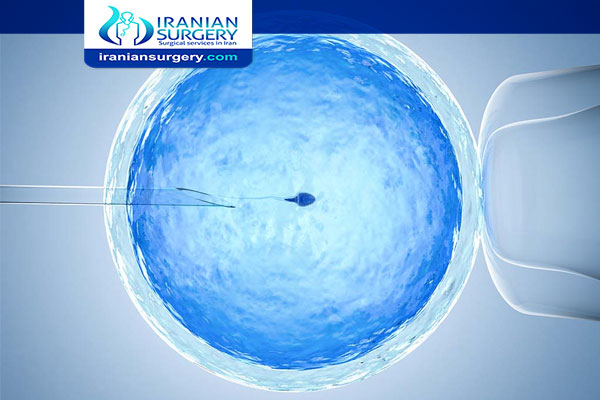1Does assisted hatching help implantation?
Assisted hatching can improve the chances of implantation during IVF and is considered an option for patients who are able to achieve good fertilization and embryo cell development, but the zona pellucida is excessively thick and they do not conceive.
2Does assisted hatching increase chances pregnancy?
Studies suggest that assisted hatching might help improve pregnancy chances for certain groups of patients. Assisted hatching may help improve pregnancy chances in women who have failed to get pregnant in previous IVF cycles and those with a poor prognosis (who are not likely to conceive).
3Can assisted hatching be done on frozen embryos?
Assisted hatching has been shown to be most helpful prior to transferring a frozen-thawed embryo, because the zona pellucida hardens with freezing. ... If older women are having a blastocyst-stage embryo transfer, we will only hatch if the zona pellucida is especially thick.
4Are hatching blastocysts good?
Since blastocysts are "very good embryos" they tend to freeze and thaw very well. On the other hand, good day 3 embryos also freeze and thaw well. However, for the last 5-6+ years, ACFS has cultured all their patients' embryos to the blastocyst stage with excellent results.
5Is assisted hatching beneficial?
However, some embryos do not hatch on their own. This is when assisted hatching can be useful. According to the American Society for Reproductive Medicine (ASRM), assisted hatching is most beneficial for women who have had at least two unsuccessful IVF treatments, as well as women over the age of 38.
6Does assisted hatching make implantation faster?
Assisted-laser hatching (LAH) is used to help the embryo hatch from its protective outer shell, the zona pellucida, and promote implantation in the uterine wall after embryo transfer. ... Also, laser-assisted hatching is faster than the other methods and, therefore, the embryo spends less time outside the incubator.
7Can assisted hatching cause twins?
One possible risk to assisted hatching is that the embryo will become lethally damaged. ... Another risk of assisted hatching is twinning, specifically monozygotic twinning. Monozygotic twins are identical twins, who come from one egg and one sperm.
8Do hatching embryos implant sooner?
Human blastocysts should hatch from the shell and begin to implant 1-2 days after day 5 IVF blastocyst transfer. In a natural situation (not IVF), the blastocyst should hatch and implant at the same time - about 6 to 10 days after ovulation.
9Is bed rest required after IVF?
Bed rest after IVF doesn't help. NEW YORK (Reuters Health) - Bed rest immediately after an in vitro fertilization (IVF) procedure, despite being common practice, did not help women ultimately have a baby in a new study. ... “It demonstrates that there is no need to keep patients at bed rest after a transfer.
10Can a 5 day blastocyst split into twins?
There is an increased risk of identical twins with blastocyst transfers. ... Any couple wishing to avoid the chance of twins for any reason may choose single blastocyst transfer. In natural conception, fertilized eggs do not enter the uterus until five days after fertilization.



